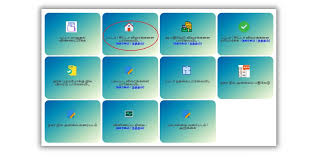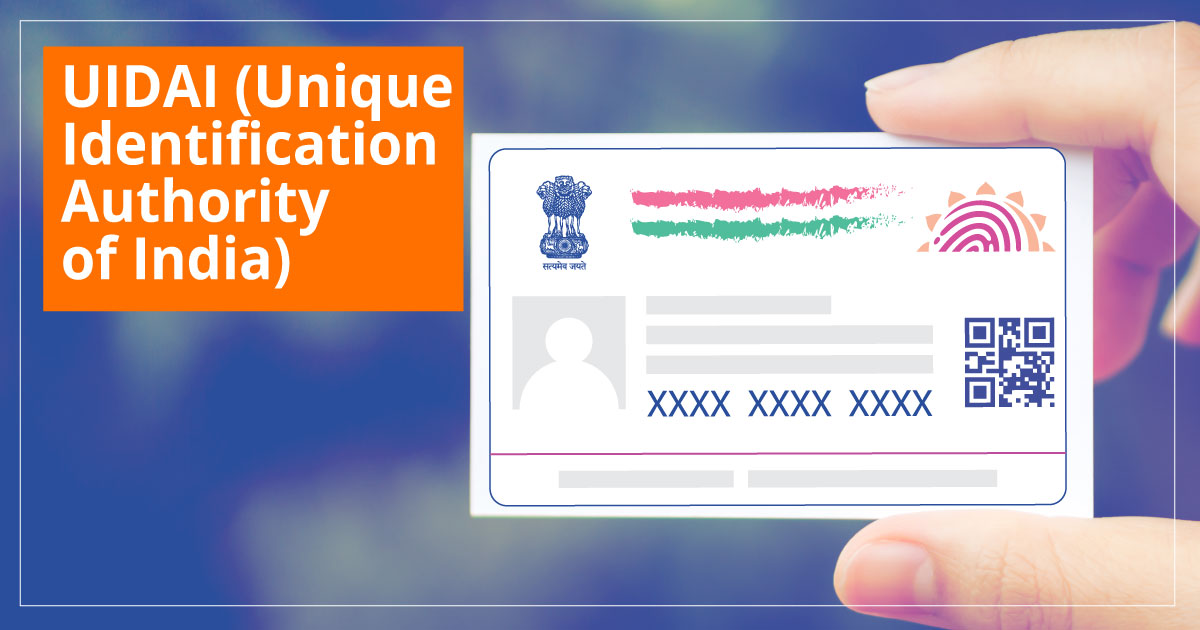Check Engine Light Flashing

Strong 8k brings an ultra-HD IPTV experience to your living room and your pocket.
The check Engine Light (CEL)—also known as the malfunction indicator lamp (MIL)—is one of the most critical warning signals on your vehicle's dashboard. When it illuminates, it's a sign that something is wrong with your car’s engine or emissions system. Ignoring this light can lead to reduced fuel efficiency, poor performance, or even costly engine damage.
In this article, we'll explore what the check engine light means, its common causes, what you should do when it comes on, and how to avoid triggering it.
What Is the Check Engine Light?
The check engine light is part of your car’s on-board diagnostics system (OBD-II). When the system detects a problem, it logs an error code and activates the warning light to alert you. Depending on your vehicle, the light might be solid or blinking—each type indicating different severity levels:
Solid Light: A minor issue that needs attention soon.
Blinking Light: A serious problem, such as engine misfire, requiring immediate attention.
Common Causes of a Check Engine Light
Here are some of the most frequent reasons why your check engine light might come on:
1. Loose or Faulty Gas Cap
Why it happens: A loose gas cap can allow fuel vapors to leak.
Solution: Tighten the cap or replace it if it's damaged.
2. Oxygen Sensor Failure
Function: Measures unburned oxygen in the exhaust system.
Effect: Leads to poor fuel economy and higher emissions.
3. Faulty Spark Plugs or Wires
Impact: Can cause misfires and poor acceleration.
4. Catalytic Converter Issues
Role: Converts harmful gases into less harmful emissions.
Symptoms: Reduced engine performance and fuel efficiency.
5. Mass Airflow Sensor Failure
Purpose: Measures the amount of air entering the engine.
Problem: A faulty sensor can disrupt fuel-to-air ratio.
6. EGR Valve Issues
Effect:A malfunctioning exhaust gas recirculation (EGR) valve can cause increased emissions and engine knocking.
7. Battery or Charging System Problems
Warning Signs:Dimming lights or difficulty starting the car.
What to Do When the Check Engine Light Comes On
Step 1: Check for Obvious Issues
Tighten the gas cap.
Check if the engine feels different (loss of power, strange sounds, etc.).
Step 2: Observe the Light Behavior
Solid light: Safe to drive short distances. Schedule service soon.
Flashing light: Pull over and call a mechanic. Driving may cause further damage.
Step 3: Use an OBD-II Scanner
Plug into your vehicle's port (usually under the dashboard).
Read the diagnostic trouble codes (DTCs).
Interpret the codes or consult a mechanic for proper diagnosis.
Step 4: Visit a Professional Mechanic
A qualified technician can diagnose and fix the root cause.
Can You Drive With the Check Engine Light On?
Yes, but only if:
The light is not blinking.
The vehicle runs normally.
You’re planning to get it checked soon.
Do NOT drive if:
The light is blinking.
There’s smoke, overheating, or strange noises.
The car is performing poorly.
How to Prevent the Check Engine Light
Regular Maintenance: Follow your car’s maintenance schedule.
Use Quality Fuel: Poor fuel can cause deposits and sensor issues.
Replace Air and Fuel Filters: Helps maintain engine performance.
Inspect Spark Plugs: Replace at manufacturer-recommended intervals.
Avoid Ignoring Warning Signs: Fix small issues before they escalate.
Conclusion
The check engine light is your car’s way of telling you that something’s wrong. While it may be triggered by a minor issue, it can also signal major engine problems that require immediate attention. By understanding what the light means and taking timely action, you can keep your vehicle running smoothly and avoid expensive repairs.
Note: IndiBlogHub features both user-submitted and editorial content. We do not verify third-party contributions. Read our Disclaimer and Privacy Policyfor details.







